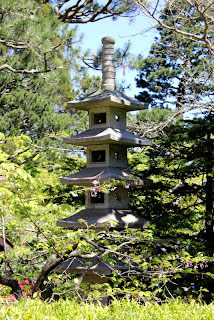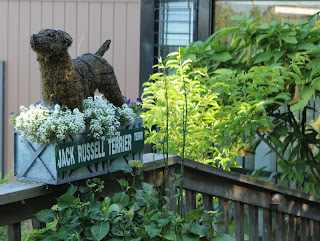Ready for a return to San Francisco ?
Here are a few more highlights:
Mission Dolores is the
oldest building in San Francisco .
It was the sixth mission established by Father Junipero Serra (in late 1776)
and the building was completed in 1791. The Mission
was built with adobe walls four feet thick, and original redwood logs lashed
together with rawhide strips still support the roof. The Mission
survived the 1906 earthquake, but the parish church next door did not. The
current basilica dates from 1918. A small museum, cemetery and gift shop
complete the Mission Dolores complex.
 |
| The original Mission |
One of our destinations was the Hyde Street Pier, part of
the San Francisco Maritime National Historical Park . Built for automobile ferries
between San Francisco and Sausalito ,
the pier now houses a number of historical vessels, including the ferry Eureka
A quick stop for Irish coffee at “the” place to get it, the Buena
Vista , and we were off for the Golden
Gate Bridge
We ended the day with dinner at the Cliff House.
Unfortunately, it was too cloudy to see the sunset, but apparently this is a
great place to do so.
 |
| View from Cliff House |
I’ve left out descriptions of some of the places we visited,
such as Japantown and the “Painted Ladies” (Victorian houses) near Alamo
Square . Even though we packed our days full of
sight seeing, we still missed so many places of interest: the Conservancy of
Flowers and other attractions at Golden Gate Park, several fine museums, the
Yerba Buena Gardens, Alcatraz and the whole of the Haight-Ashbury neighborhood,
to name only a few. We didn’t even ride a cable car—though we did ride
everything else! And we didn’t get out of the city to explore at all. I feel
like I’ve just had a taste of what San Francisco
has to offer.
Guess we’ll just have to go back.













































.jpg)


